Former Takegahana Elementary School
The model of this pop-up card is the former Takegahana Elementary School.
This school building existed in Takegahana Village, Gifu Prefecture (in the vicinity of present-day Takehana-cho, Hashima City) in the first half of the Meiji Era.
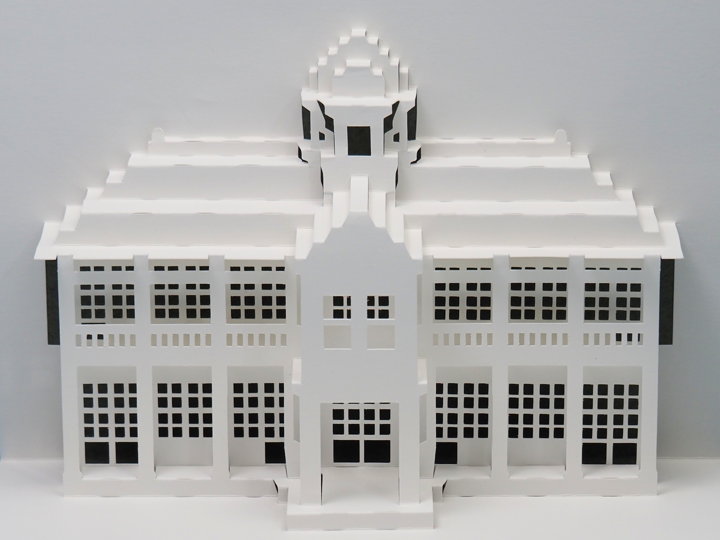
I found a photo of Takegahana Elementary School in “Photo Book: Meiji Taisho Showa, Hashima". It is a pseudo-Western style school building with a tower. However, this school building was destroyed by the Nobi Earthquake of 1891.
The following is a summary of the appearance of Takegahana Elementary School before the earthquake, based on the “The history of Takegahana Town". (Takegahana Village became Takegahana Town in 1889.)
In May 1873, based on the school system, two schools, Koumon and Shutsuran, were established. The following year, these two schools were merged and renamed Takegahana School. The school building was the dining hall of the Honganji temple of the Otani sect, and the number of students at that time was about 300.
In 1876, a proposal was made to build a new school building, and construction began in March of the following year, with the new building completed in May of 1880.
In 1882, the number of students increased to 630, and three courses were organized, elementary, middle, and high. 1884, the adjacent land was purchased and the playground was expanded.
In 1886, the Elementary School Ordinance was revised and the school was reorganized into three courses: high, ordinary, and simple. The number of students in the simple course was small, and in 1888, it was moved to a rented private house as a branch school.
In September of 1890, the school received the imperial portrait of the Emperor and Empress, and in January of the following year, a copy of the imperial edict was given to the school. The number of students exceeded 600, and the local people seemed to feel that the school was growing….
On October 28, 1891, at around 6:30 a.m., the Nobi Earthquake occurred with its epicenter in the southwestern part of Gifu Prefecture.
“The school building collapsed and the equipment and other items were destroyed, and the tragic sight became truly unbearable. As a result of many years of hard work, various facilities had been steadily advanced, and there were many things to see. However, because of the unprecedented catastrophe, the school collapsed in this morning.” (The history of Takegahana Town)
The Nobi Earthquake, measuring 8.4 on the Richter scale, killed 7,469, injured 19,694, and destroyed 85,848 housing units. (*1)
In Takegahana Town, 268 people were killed and 283 were seriously injured out of the village population of 4,950 at the time. As for damage to buildings, 610 houses were destroyed, 638 houses were burned down by fire, and 179 non-residential buildings were destroyed and 362 houses were burned down. (*2)
Although the school building was destroyed, a temporary clinic was set up on the school grounds, and doctors from Osaka assisted in providing medical treatment. The police posted a notice saying “There is a treatment center at Takegahana School," and many people gathered to seek treatment. (From Gifu Nichinichi Shimbun: November 6, 1891)
The next image shows the damage caused by the earthquake in the “Records of the Nobi Earthquake", 1893.
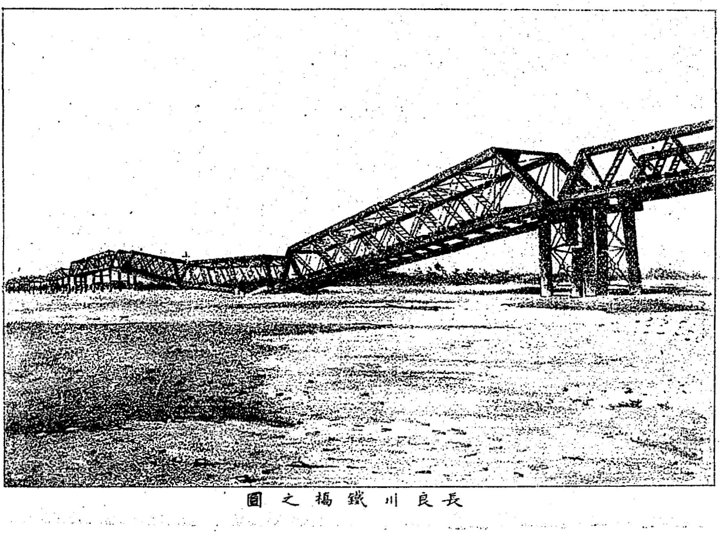
An iron bridge on the Nagara River fell. Many bridges and brick buildings were badly damaged.
Inaba Shrine in Gifu City was destroyed by fire. The areas that were especially damaged by fire were Gifu City, Ogaki Town, Takegahana Town, Kasamatsu Town, and Seki Town.
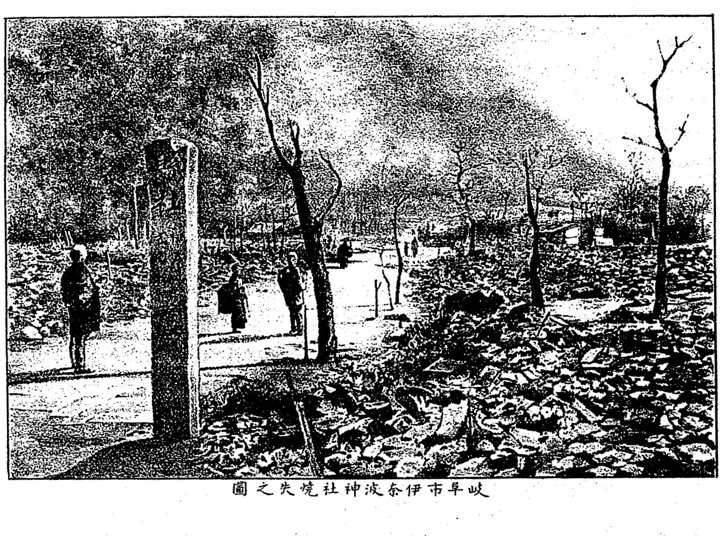
The damage in Ogaki Town.
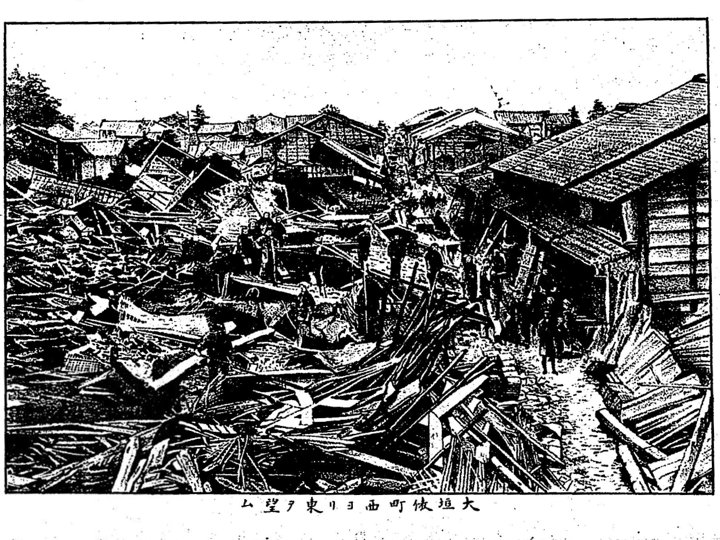
The construction of a temporary school building for Takegahana School began in 1892, the year after the earthquake, and was completed in May of the same year, allowing classes to be held. And the construction of the main school building began in 1893 and was completed in March 1894, and the students moved immediately to the new school building.
In 1935, the number of children enrolled in the school was 697 boys and 594 girls.
The Takegahana School, which was built in 1880, is said to be a “phantom school building" because there are only a few surviving photographs, but I made a pop-up card based on one photo. The wall was made by gluing separate part together. I don’t know what the entrance and windows look like, so I made them from my imagination, so it is highly possible that they are different from the actual shapes.

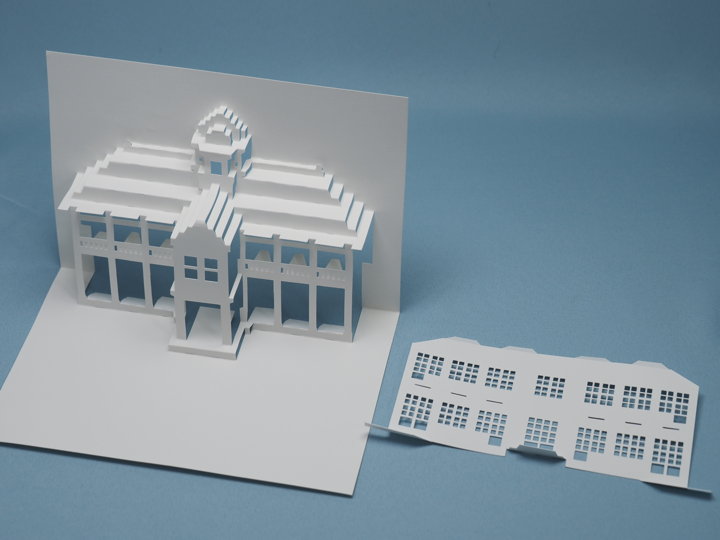
(*1) The figures are from “Bibliography of the Nobi Earthquake" (compiled by the Earthquake Countermeasures Committee of the Nagoya City Disaster Prevention Council / Disaster Countermeasures Division, Civic Affairs Bureau, Nagoya City / 1978).
(*2) Figures are from “Report of the Great Earthquake of October 28, 1894" (Gifu Meteorological Observatory, Gifu Prefecture/1894).
[Reference]
“Records of the Nobi Earthquake" (written by Itsuro Katayama, proofreading Katari Ishikawa / Publisher Takeichi Katsunuma / 1893)
“The history of Takegahana Town" (Edited and published by Sonan Tsushinsha / 1917)
“Photo Book: Meiji Taisho Showa, Hashima" (edited by Shotaro Suzuki / Kokusho-kankokai Inc. / 1980)
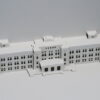
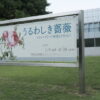
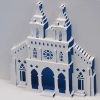
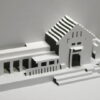
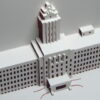
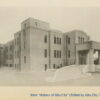
Discussion
New Comments
No comments yet. Be the first one!